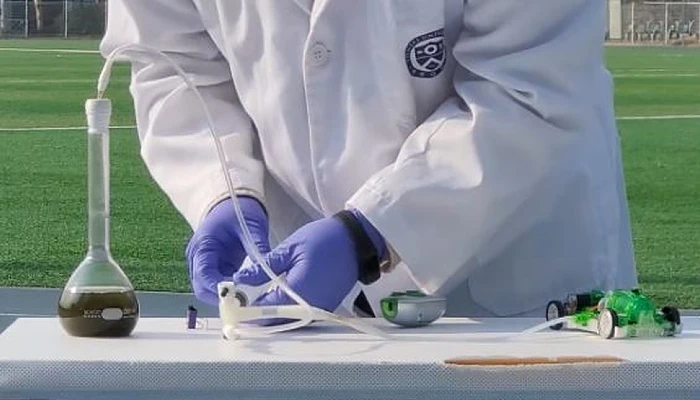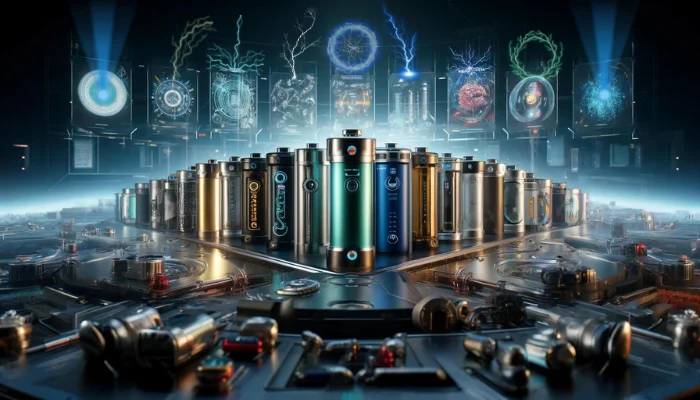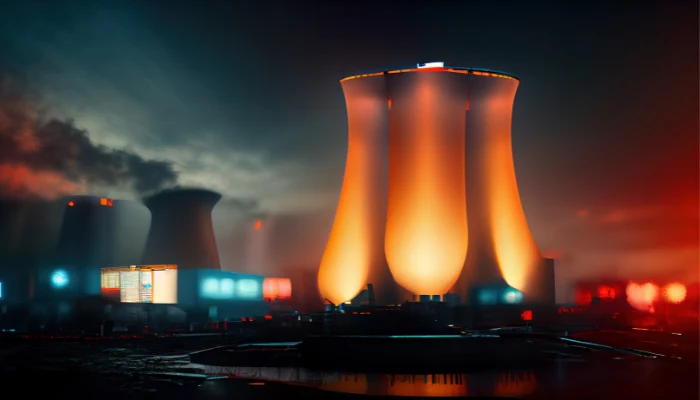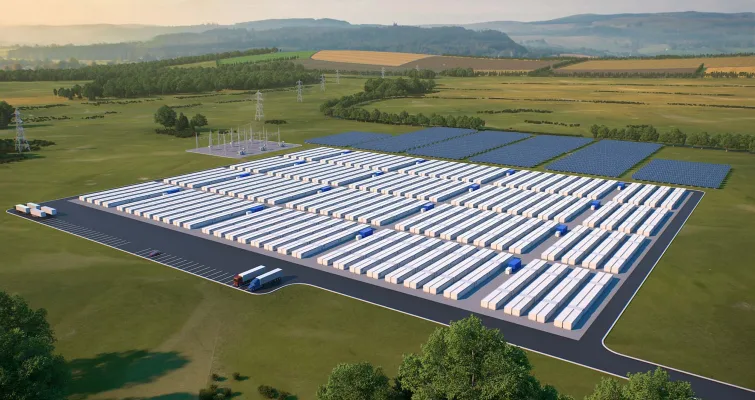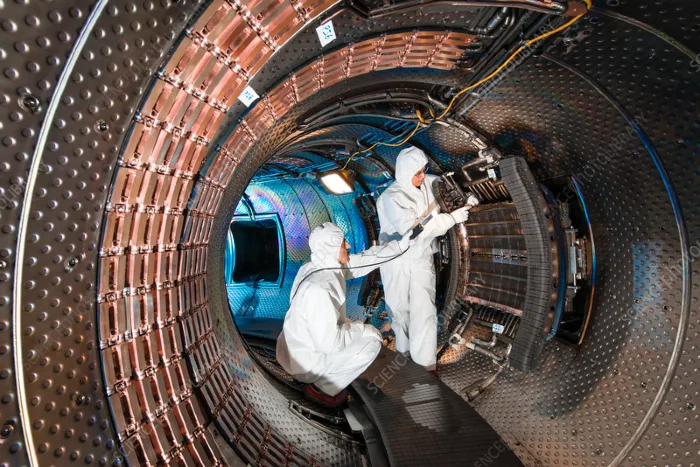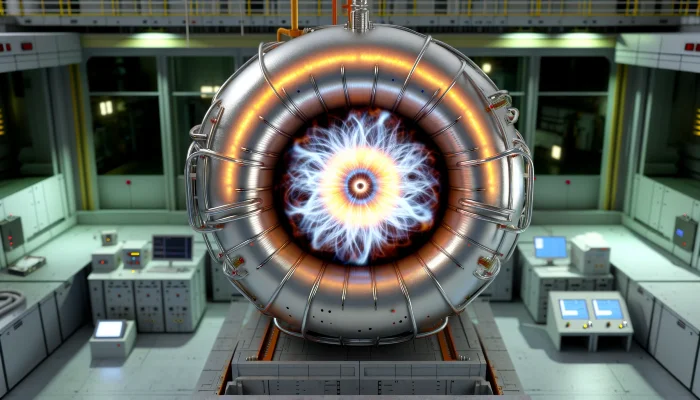In an innovative leap, researchers from Yonsei University in South Korea have ingeniously combined green algae with carbon nanofibers to create a groundbreaking cell that can generate up to 9.5 watts of power. This impressive feat of engineering is aimed at powering a microgeneration system for hydrogen production, a cleaner and more sustainable energy source.
This cutting-edge technology utilizes Chlamydomonas reinhardtii, a type of single-cell green algae known for its ability to produce photoelectrons. The major challenge faced by scientists was the algae’s cell walls, which normally prevent photoelectrons from escaping.

To solve this, the researchers ingeniously integrated the algae with carbon nanofibers (CNFs), which act as efficient channels, guiding these photoelectrons into a buffer solution.
When exposed to solar irradiation, the alga-CNF system displayed an average photon-to-electron conversion efficiency of 0.7%, peaking impressively at 0.9%. Such efficiency translates to substantial power output, comparable to powering a laptop with just a milk-carton-sized batch of cells.
Hyun S. Ahn (pictured) from Yonsei University told PV magazine, “Material costs of about $1,000 are needed per gram of hydrogen.” He optimistically added, “My coauthors and I are confidently aiming for a hundred-fold improvement in cost efficiency in scale-up, targeting about tens of dollars of material cost per gram of hydrogen produced.”

The researchers further enhanced the system for hydrogen generation by introducing platinum (Pt) into the composite. This addition leverages the redox (reduction-oxidation) reaction, a process involving electron transfer between substances. The photoelectrons generated by the algal cells act as a reductant on the Pt surface, spurring two key reactions – hydrogen evolution and oxygen reduction.
This innovative process results in sustainable hydrogen fuel production, which impressively accelerates after six days and reaches its peak on the tenth day, maintaining steady production for over 50 days. The researchers observed a total production of 363 μmol of hydrogen in a 15 mL batch, with the rate of fuel production scaling linearly with the batch volume.
The algal cell’s bioelectrogenic reactors have an added advantage of self-regulating oxygen levels, producing hydrogen fuel that can be directly fed into commercial fuel cells without needing any separation or purification.
To demonstrate this, the researchers successfully powered a radio-controlled (RC) car with the hydrogen fuel, achieving smooth operation comparable to that powered by pure hydrogen.
The study, titled “Prolonged hydrogen production by engineered green algae photovoltaic power stations” and published in Nature Communications, highlights the potential of this technology in renewable energy. “Solar-to-fuel conversion consuming only CO2 and water as the electron source is a champion achievement,” the researchers stated. They believe that this photovoltaic power station will be pivotal in shaping the future of renewable energy, thanks to its scalability, cost efficiency, and space-saving design.
Looking ahead, Ahn envisions an easy scale-up process due to the algae’s robust growth rate, even in high concentrations. He anticipates that bathtub-sized reactors could power full-sized fuel cell cars, requiring only 2 to 4 kg of hydrogen for a week’s driving.
More To Discover
- 15 Major Issues Impacting Biodiversity in 2024: What You Need to Know, Summarized
- MIT’s Bacteria-Based Solution for Sustainable Farming May, One Day, Replace Chemical Fertilizers
- Bitcoin Miners Triumph in Court, Shielding Energy Secrets. Why It Matters.
- European Bumblebees on the Brink: Climate and Habitat Woes, and Our Race to Save Vital Pollinators And 7 Solutions Being Tried Right Now
This breakthrough heralds a new era in green energy, promising a sustainable and efficient way to harness hydrogen power, crucial for the future of renewable energy sources.
Source: Nature Communications







